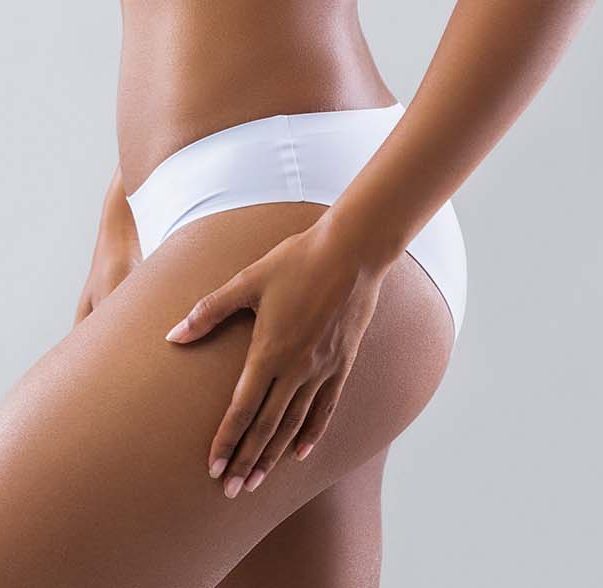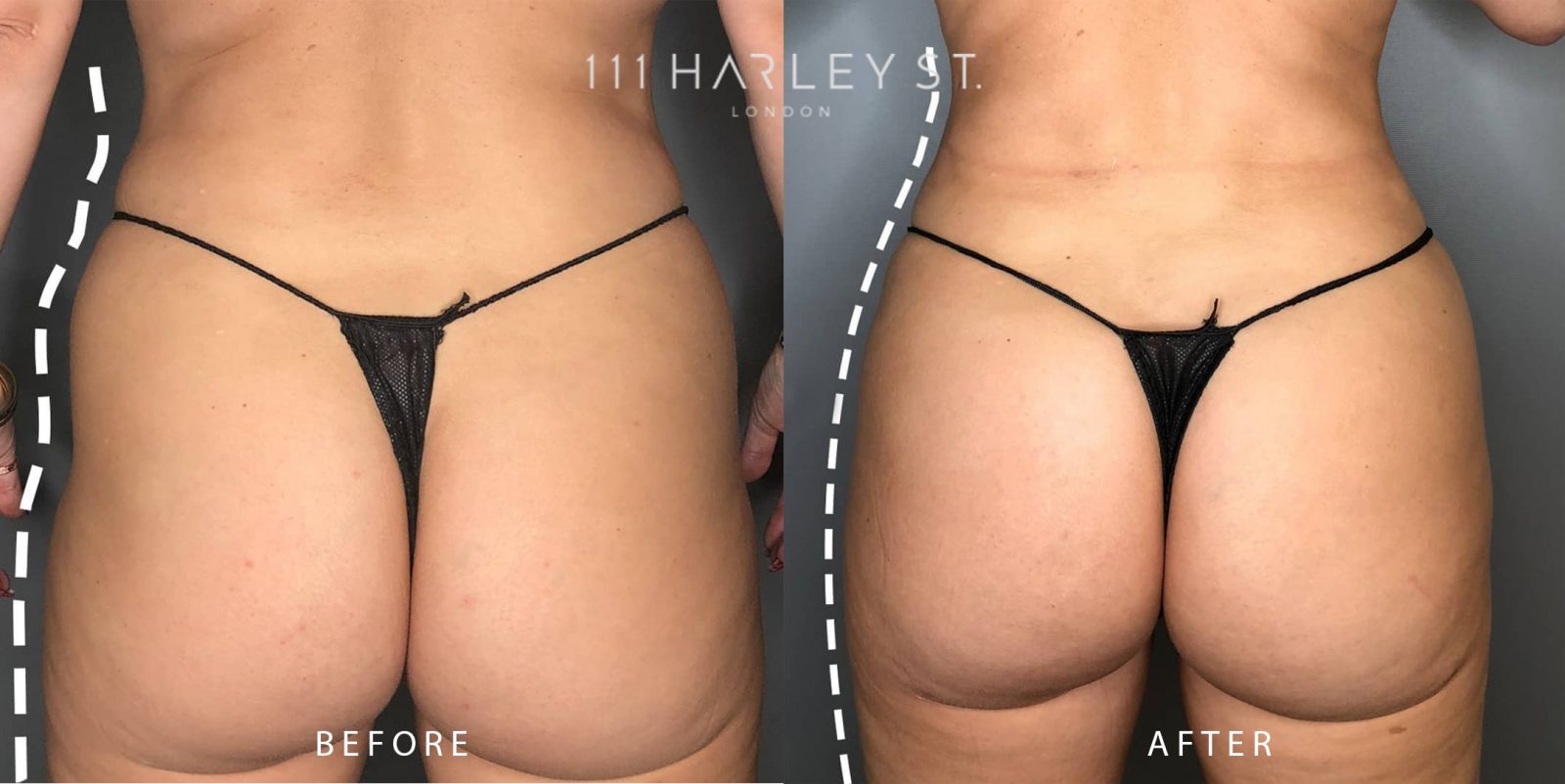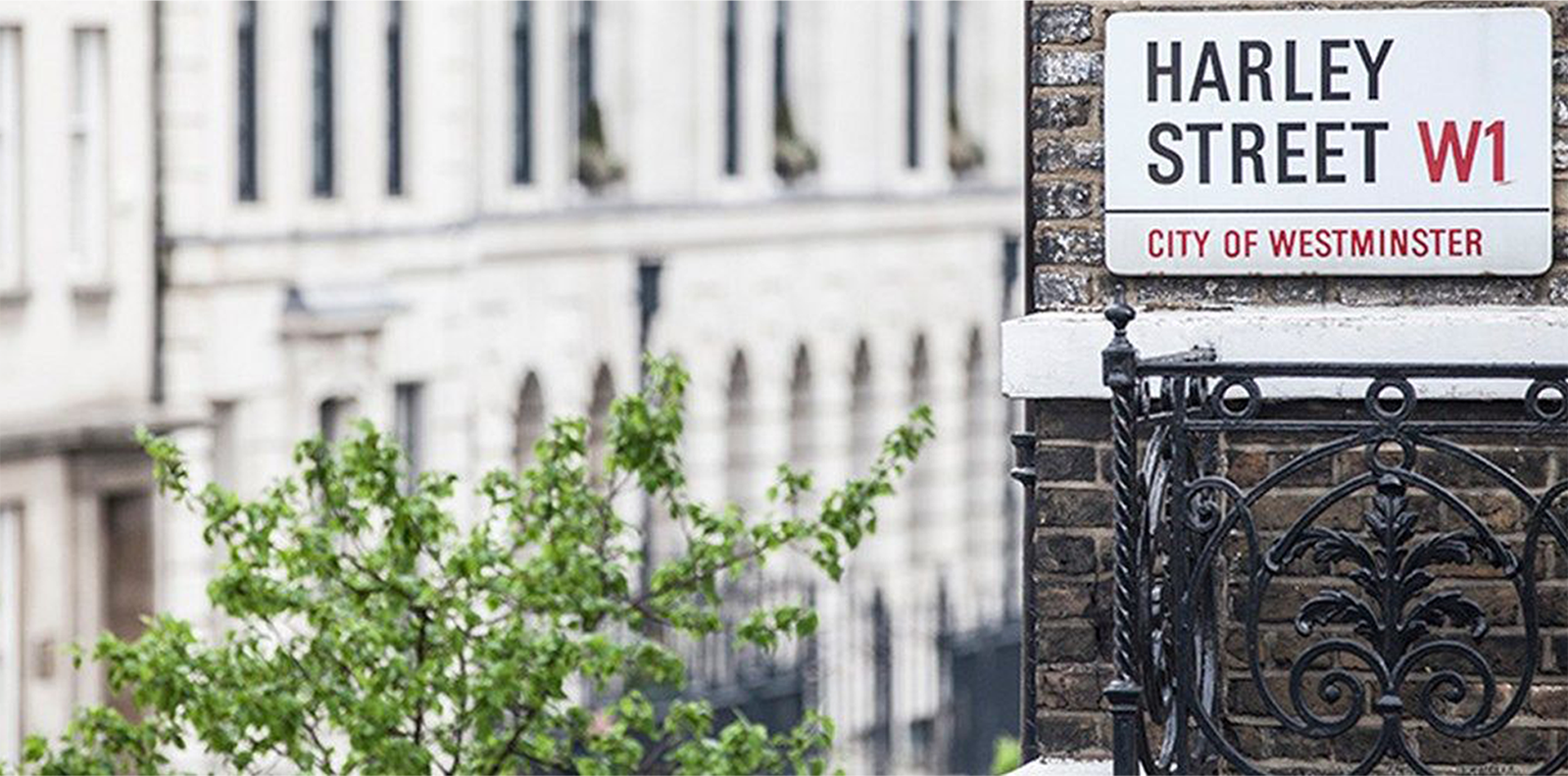


Are Hip Dips Normal?
Hip dips are entirely normal and occur with everyone’s skeletal structure. It is the fat displacement and shape of the pelvis that makes their appearance more or less pronounced. Many supermodels such as Candice Swanepoel and Bella Hadid have hip dips, whilst still attaining a very slim and slender shape – so it is not a sign that someone is overweight or unattractive. It is simply down to how your body distributes your body weight.
We encourage the normalisation of ‘hip dips’ and do not desire to emphasise this as a ‘cosmetic concern’, but if you dislike the appearance of this concave space, there are surgical solutions such as the BBL to soften their appearance.
What Causes Hip Dips?
Both men and women can have hip dips, but they are usually more visible on women since their hips are wider. You’re more likely to notice the indents if your hips sit high and wide above the femur, which makes the depression between the hip bone and thigh bone more visible.
Fat and muscle displacement also vary from person to person. Fat on the hips can be difficult to shift and shape with diet and exercise alone. Nonetheless, targeting the subcutaneous fat that develops on the hip bones may slightly minimise the appearance of the dip. The appearance of a ‘muffin top’ may be exaggerated if the indent is particularly noticeable. Therefore, reducing the fat in this area could subtly alter the shape of the hips and waistline.
As mentioned above, their appearance is due to your own skeletal structure and shape of the pelvis, which is something that ultimately cannot be changed.
However, if you’re unhappy with the appearance of hip dips, then there are a few options below to help fill the groove.
Can you get rid of hip dips?
It’s often assumed that losing weight would be the most apparent solution to resolving the appearance of hip dips. However, as their appearance is somewhat due to the shape of the pelvis and skeletal structure, some people may find that burning the fat directly on the hips can further accentuate the appearance of the indents.
You can also build up muscle in the gluteus medius which may help to fill out the area to a certain extent, but this is unlikely to yield dramatic results. One of the exercises that could improve their appearance is known as the side hip opener or ‘fire hydrants’. This exercise will target your outer thighs, sides of the buttocks and hips to reshape and tone the area. For this exercise, you should kneel on all fours. Raise and extend one leg to the side by 90 degrees, and then lower it back to meet the other leg keeping the leg bent. Repeat this 15 times before switching and repeating on the other side. You may wish to add ankle weights to increase resistance.
If you find kneeling on all fours difficult, you could try standing side leg lifts and add ankle weights to increase difficulty. Standing in one position, cup your hands together for support. Extend your right leg to the side by approximately 45 degrees and then lower it again. Repeat this 15 times before switching and repeating on the other side.

Surgery for hip dips
Fat Transfer
The appearance of hip dips can be improved significantly with a fat transfer procedure. This operation requires general anaesthetic and recovery takes approximately four weeks.
During your consultation, we will discuss the donor sites in which fat will be removed. The operation is usually performed to enhance the size of the buttocks but can also reposition fat into a more aesthetically pleasing position. Donor sites often include the flanks, hips, inner thighs, outer thighs and arms.
To fill out hip dips, fat is extracted with liposuction. It is then re-injected back into the indentations below the hip bone (and the buttocks or breasts if desired). Approximately 60-80% of the fat that is transferred will remain, but the body will also reabsorb some. The amount of fat that remains varies from patient to patient.
Request a Consultation
Please note, all consultations are subject to the applicable consultation change or deposit.
REQUEST A CONSULTATION
To request a consultation, please complete this form.
Alternatively Call Us On 0344 692 1111
Our Patient Advisors are contactable via phone Monday to Friday from the hours of 10:00 – 18:00
To request a consultation, please complete this form.
REQUEST A CONSULTATION
To request a consultation, please complete this form.
Alternatively Call Us On 0344 692 1111
Our Patient Advisors are contactable via phone Monday to Friday from the hours of 10:00 – 18:00
